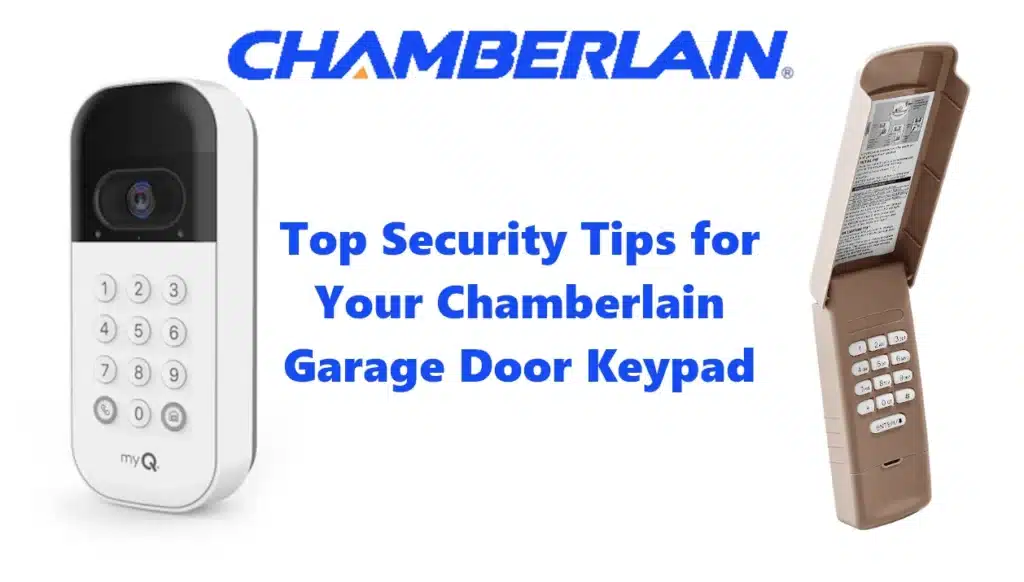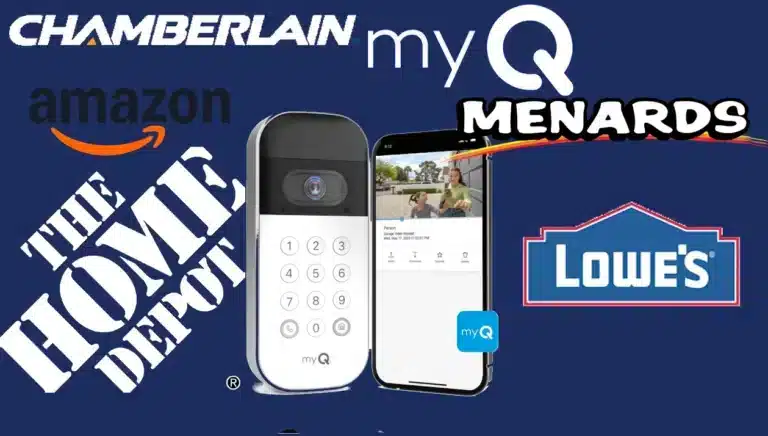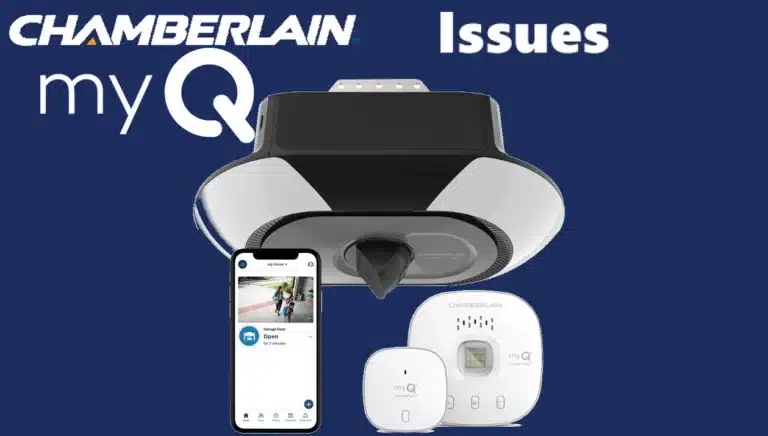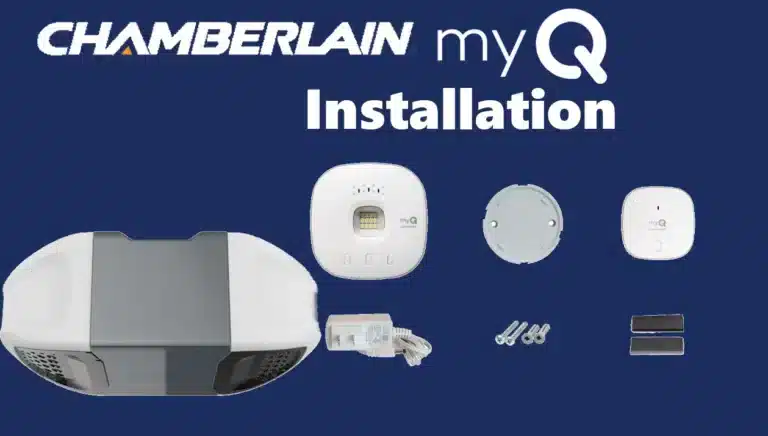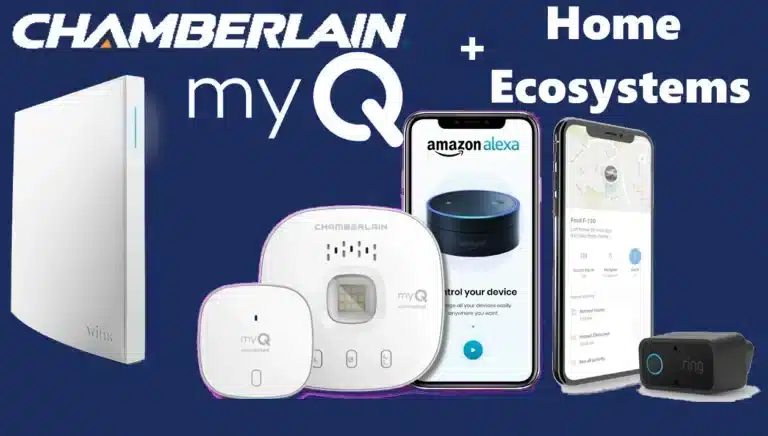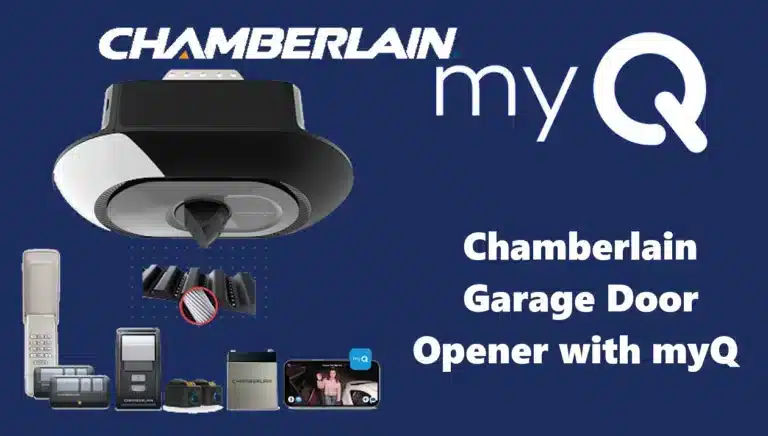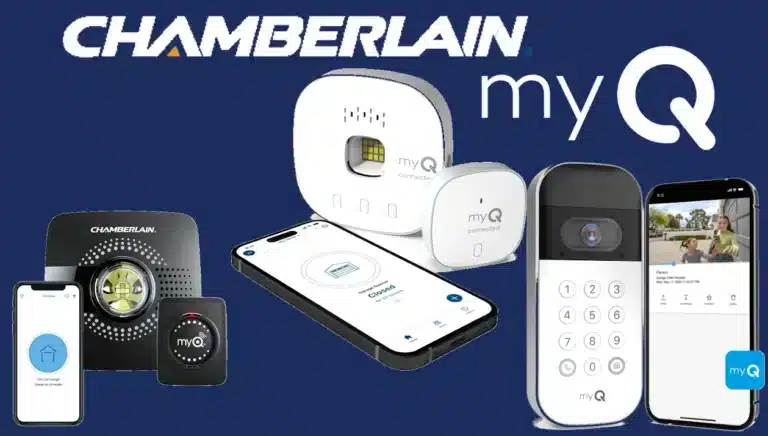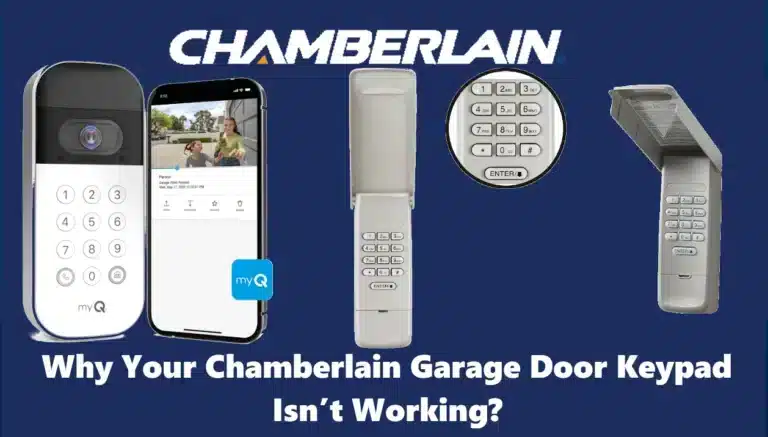Garage door keypads provide convenience, but you should also follow some basic security practices to ensure they don’t become a vulnerability. Here are some tips to keep your garage entry secure:
Choose a Strong PIN:
Select a PIN that is not easily guessable. Avoid obvious codes like 0000, 1234, 1111, your house number, telephone number, or birthdays. A random sequence that you can still remember (or a pattern that only makes sense to you) is best. Also, if possible, use the full length allowed (most Chamberlain keypads use 4-digit codes fixed). Some competitor keypads allow 5 or 6 digits; Chamberlain’s are typically fixed at 4, so you can’t increase length, but just make those 4 count.
Periodically Change Your PIN:
It’s good hygiene to change the code once in a while (say annually or if you suspect someone has learned it). This reduces the risk that someone who observed you or somehow obtained the code can use it indefinitely. The process to change is simple (as outlined earlier), and it can be done in less than a minute.
Use the Temporary PIN Feature:
When you need to grant access to someone temporarily, take advantage of the keypad’s temporary code function rather than giving out your main PIN. For example, if you’re on vacation and a friend needs to get into your garage, set them a temp PIN that maybe works for a day or a certain number of entries. This way you don’t have to reveal your permanent code, and the temp code will stop working automatically. It’s far safer than lending a remote or divulging your own PIN.
Keep the Keypad Clean (No Fingerprint Patterns):
Over time, the digits you press the most can accumulate finger oil or wear, which can tip off an observer to which numbers are in your code. For instance, if your code is 1-2-3-4, those buttons might become visibly more worn or dirty. To mitigate this, wipe down the keypad buttons occasionally to erase fingerprint smudges. Some people periodically press all the buttons randomly (when the door is inactive) just to distribute wear. This might be overkill for home use, but it’s a known tactic in security circles (just like ATM pads). Also, choose a code that doesn’t use a repetitive pattern like all same digits.
Shield Your PIN Entry:
While entering your PIN, if strangers or neighbors are nearby, use your body to block the view of the keypad, much like you would cover your hand when entering a PIN at an ATM. This prevents anyone from shoulder-surfing your code.
Secure the Physical Unit:
Mount the keypad securely so it cannot be easily pried off. Although even if someone removed it, they wouldn’t get much – the intelligence is in the opener, and the keypad by itself doesn’t give access without the code. Still, you don’t want vandalism. If your keypad has screws exposed when open, those are only accessible if the cover is up; covers typically have a latch to deter someone from simply popping it open (some have a bottom screw securing the cover as well).
Utilize Vacation Lock (if needed):
If you go on vacation or won’t be using the garage for an extended period, consider using the vacation lock feature on your opener (if available). As mentioned, this will disable remote radio signals (including keypads) until you turn it off. Just remember when you come back, you’ll have to enter through a front door and turn off the lock at the wall console before the keypad works. This is optional and mostly for extra peace of mind during long absences.
Integrate with Smart Monitoring:
If you have the myQ system or a smart garage door opener, you can set up alerts on your phone for any garage door activity. That way, if somehow someone did gain unauthorized entry via the keypad, you’d know immediately. The video keypad of course gives you eyes on who it is. Even without the video model, a standard Wi-Fi enabled opener can tell you “garage door opened at X time”. You can also schedule the garage door to close every night at a certain time in case someone left it open.
Erase opener memory if you lose control of a code:
If a PIN becomes compromised (for example, you shared it with a contractor and they finished the job, or a former roommate knew it, etc.), either change that PIN or just clear all codes from the opener and reprogram the ones you want to keep. This ensures no unauthorized device or code is still paired.
Don’t leave the cover hanging open:
The keypad’s cover should stay closed when not in use – this not only protects it but also hides the keypad from casual view. Someone walking by won’t even see that you have a keypad if the cover is closed (depending on model). It adds a tiny bit of “security by obscurity”.
Physical Security of Garage:
Remember that the keypad is one aspect; overall garage security also depends on the door and opener. For instance, ensure your garage door emergency release cord can’t be easily fished open from outside (there are inexpensive shields for that). Having a keypad doesn’t weaken the physical security – arguably it strengthens it versus hiding a spare key – but be mindful of the whole system.
Know Your Neighbors:
It’s anecdotal, but if you live in a very close-knit area, be cautious of who might observe you using the keypad. The vast majority of people will never have an issue with someone trying to hack their garage keypad. It’s more likely to fail due to a battery than be the target of a burglary. Still, taking these precautions ensures you’re not making it easy.
One more neat trick: if you suspect someone has learned your code and is using it (though rare), you could intentionally change it to something else and see if any attempted entries happen (if you have a smart opener that logs attempts, etc.). But realistically, the best practice is simply keep the code secret and change it occasionally.
Using the temporary PIN for others and maintaining the device properly will give you a secure and convenient experience.

